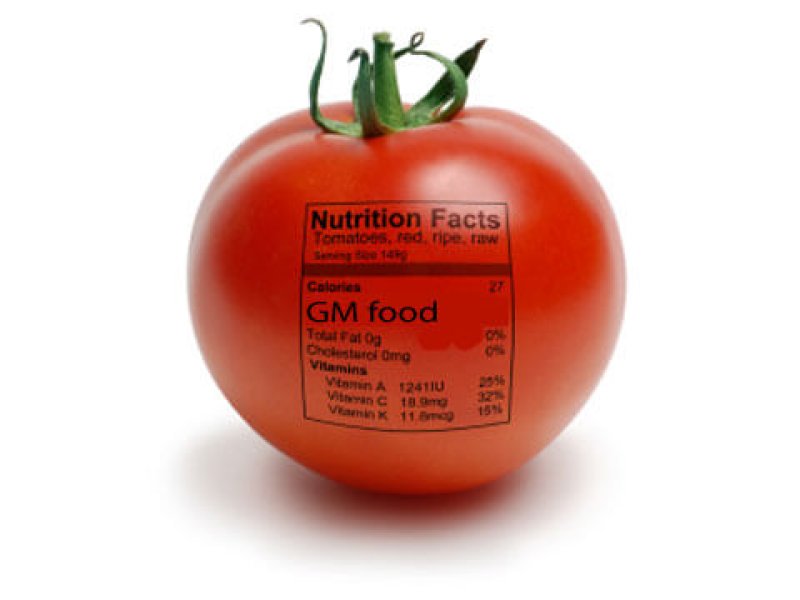Marc Brazeau who blogs at Food and Farm Discussion Lab has posted an extremely useful guide covering many key GMO issues. He covers everything from the nuts and bolts of the basic science of genetic engineering to the quality of current research to potential impacts on the environment. Here are some highlights.
What people refer to as Genetically Modified Organisms, or GMOs, are crops bred with the most sophisticated breeding technology. In this context, genetic modification happens when breeders take the specific trait that they want from one plant or organism and transfer it to another plant. Or it can be as simple as slightly changing how a single protein in a given plant expresses itself, as in the case of the Arctic Apple which is an apple that has been bred to resist browning after it’s been cut.
Perhaps the most striking example of the radical impact of human intervention on wild plants is the brassica family. Starting in the wild as mustard, it has been bred into cabbages, brussels sprouts, mustard greens, cauliflower, rapeseed (canola), turnips, rutabaga, collard greens, bok choy, watercress, radish, wasabi and of course, broccoli. It’s amazing to think what we coaxed out of a little mustard seed when we put our minds to it.
Breeders have always known which traits they want their plants to exhibit. Today they know which genes are responsible for those traits. Technology is allowing them to get the desired genes, to produce the desired traits, into the plants with fewer and fewer steps, and greater and greater precision.
It’s important to keep in mind that we are talking about a single, or a few at most, well understood genes being transferred and that the traits they bring with them are very well understood. That’s why it’s so misleading when anti-GMO activists portray cartoon images of a tomato crossed with a fish. Inserting one or two genes from another organism is not crossbreeding. There was a tomato bred in the early 90’s that never made it to market, that utilized a single gene from a winter flounder to make a tomato withstand frost better. One gene out of 31,700 tomato genes does not result in a half fish, half tomato hybrid. It simply would have been a tomato that withstands frost better. You share half your DNA with a banana. To a geneticist those genes are the same, whether they come from you or the banana.
Read full original article: GMOS—An Introduction































